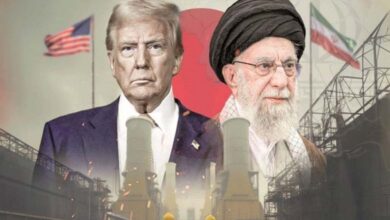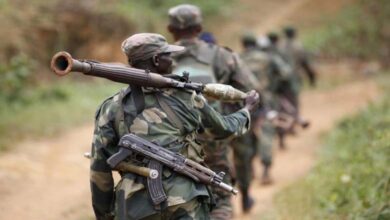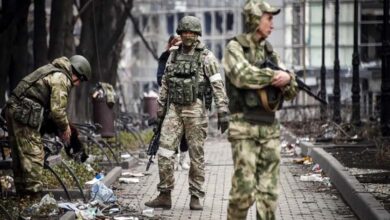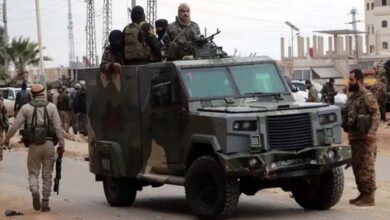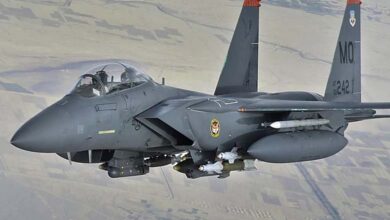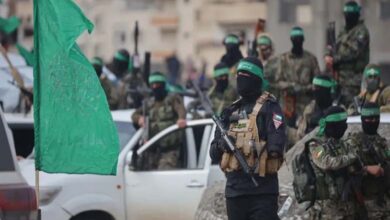Iran’s Nuclear Program Under the Midnight Hammer
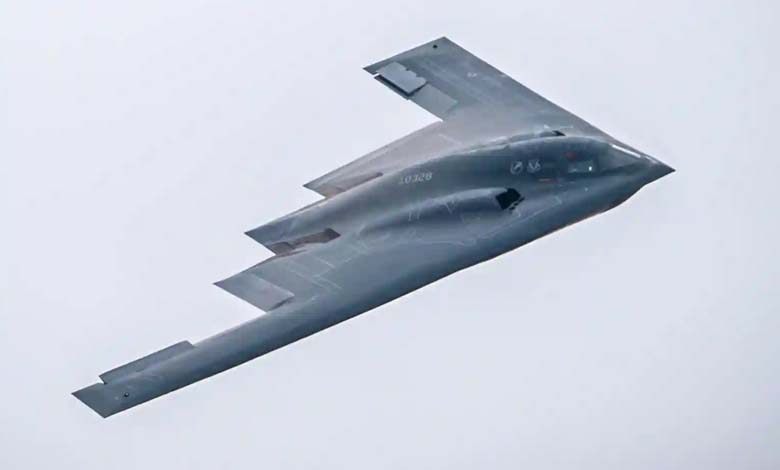
On the night of Saturday to Sunday, June 22, U.S. President Donald Trump authorized a major military strike targeting three Iranian nuclear facilities: Fordow, Natanz, and Isfahan. The Pentagon named the operation “Midnight Hammer,” marking a significant escalation in tensions with Tehran.
-
Limited Strike with Reduced U.S. Support: New Israeli Plan to Cripple Iran’s Nuclear Program
-
Iran May Accept a Deal Limiting Its Nuclear Program if Trump Doesn’t Withdraw Again
The operation involved the B-2 stealth bomber, capable of carrying the GBU-57/B bunker-busting bomb, weighing nearly 14 tons. This weapon is believed to be the only one capable of destroying Iran’s deeply buried underground facilities, making this the largest mission of its kind in history.
A preliminary strike was carried out by a U.S. submarine at an undisclosed location, using Tomahawk cruise missiles. The B-2 bomber was escorted by F-16 and F-35 fighter jets to ensure operational success.
-
Iran’s Nuclear Program Back in the Spotlight… and Trump Seeks Political Breakthrough
-
Iran’s Nuclear Program: Tehran Awaits Trump’s Message via an “Arab Country”
The real impact of the American strikes remains disputed. President Trump claimed the operation “erased Iran’s nuclear program,” while Iranian officials acknowledged damage but downplayed its severity. Analysts remain cautious about the likelihood of total destruction of the targeted facilities.
The strike followed ongoing allegations—denied by Iran—that Tehran is pursuing nuclear weapons, especially after achieving uranium enrichment levels of 60 percent. Yet one key question remains: what happened to the enriched uranium stockpiles?
-
“Iran’s Nuclear Program”: IAEA Condemnation and Tehran’s Response
-
Iran Proposes Deal on Its Nuclear Program to Avoid Western Pressure
According to Iranian sources, most of the highly enriched uranium—also referred to as “yellowcake”—was moved to a secret location prior to the attack.
The U.S. called on Iran to return to peaceful negotiations and warned against retaliation, cautioning that any counterattack would have disastrous consequences. Meanwhile, Israel continued its targeting of Iran’s missile program.
-
Iran’s Nuclear Program: What is the “Wisest” Path for the U.S. to Face It?
-
Associated Press: Iran Develops its Nuclear Program by Installing a Series of Centrifuges
Just hours after the U.S. operation, Iran responded by launching a barrage of ballistic missiles in what has been described as its largest strike since tensions escalated with Israel. The targeted areas reportedly included greater Tel Aviv and the city of Haifa. While asserting its right to respond, Iran did not reveal its full intentions.
The international community now watches the Middle East with heightened concern, wondering whether the situation will lead to diplomatic resolution—or spiral into even more dramatic confrontations in the coming days.


